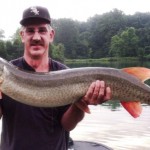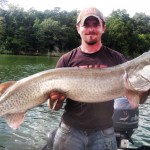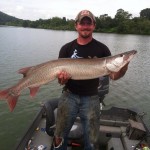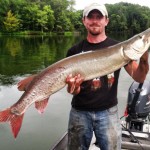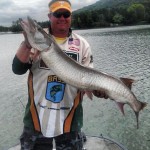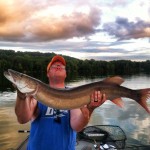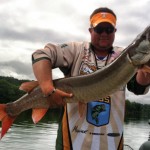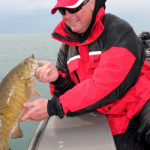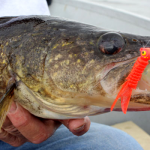It’s a little bit funny. Some of the most simplistic forms of structure to fish are often the most complex and difficult to understand by most anglers. Fishermen of all pursuits always seem to need a visual cue such as a tree, rock, or a dock. But the fact remains that any and all of the above objects, though referred to as “structure” by many, by the man who coined the word in an angling context, E.L. Perry… is not. 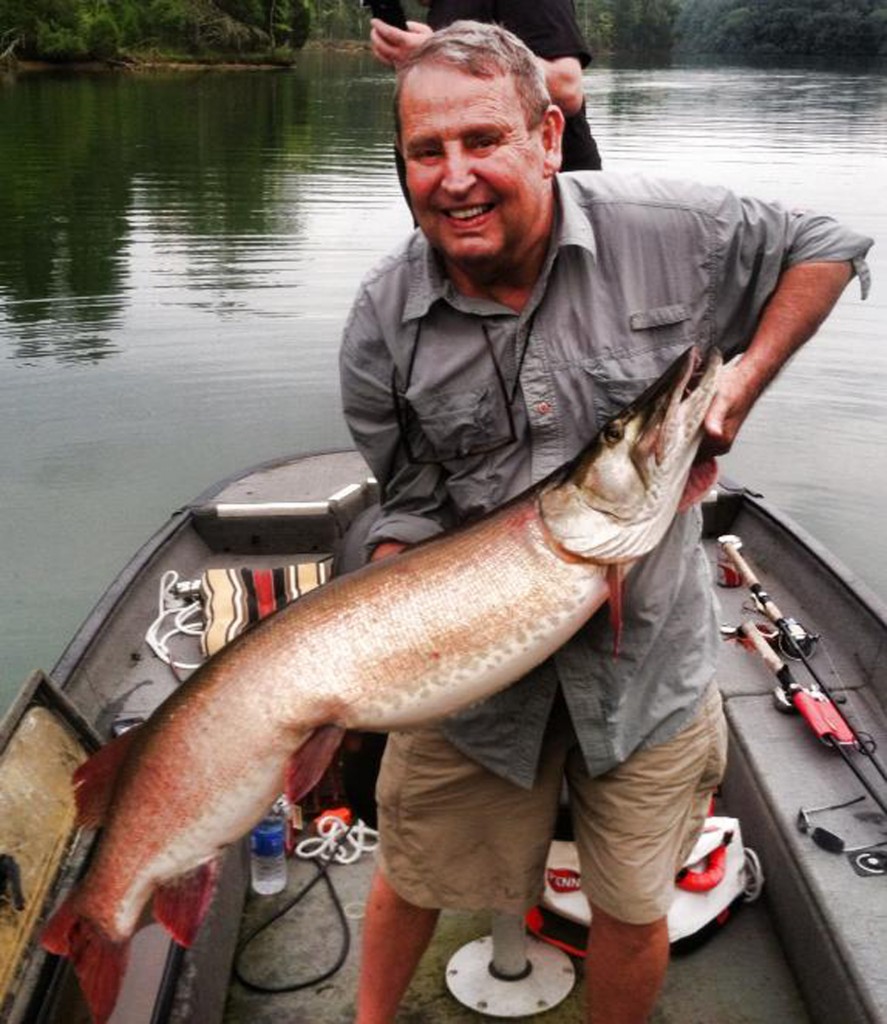 Structure by the original definition is basically “what holds water,” the form of the bottom of the lake. We know it more commonly and accurately as “topography.” It is these features that statically dictate the movements, orientation, and nature of the fish we pursue. They are constantly relating directly or indirectly to these features, dependent upon the strength of other environmental variables. The fact remains that without it, the clockwork of the aquatic world would fall apart. Hence, it’s adaptation to rely upon it solely with all other variables being complementary or irrelevant due to their orientation to true “structure.”
Structure by the original definition is basically “what holds water,” the form of the bottom of the lake. We know it more commonly and accurately as “topography.” It is these features that statically dictate the movements, orientation, and nature of the fish we pursue. They are constantly relating directly or indirectly to these features, dependent upon the strength of other environmental variables. The fact remains that without it, the clockwork of the aquatic world would fall apart. Hence, it’s adaptation to rely upon it solely with all other variables being complementary or irrelevant due to their orientation to true “structure.”
As I stated before, one of the most misunderstood and readily identified as their potential for fish interaction is the “flat.” To call it structure seems to be a contradictory to the topographical features that draw and hold fish. Yet these “nude beaches,” featureless expanses of floor with little depth deviation, are often some of the most fruitful areas to fish, especially for muskellunge …. to those who realize how to approach them and dissect them.
Now there’s as many flats as there are Baskin Robbins flavors….wood flats, weed flats, sand flats…but the ones I’m referring to are the ones that have no definitive distinction from their surrounding in substrate. Their only true justification is their relative location.
Fish of all species require basically one thing to exist, water. For them to occupy a specific an area of water they require two things: Shallows and depth. It’s that simple. Those two things allow them to find a constant equilibrium with the environmental factors that govern their moment to moment activity. Half the places I fish appear as if I’m casting into open water… But that’s only a human perception. Water isn’t flat to a fish. It’s the atmosphere of their 360 degree habitat.
In the heat of summer, when muskies often reach peak metabolic stimulus, they are often drawn to and utilize extended shallow flats, with virtually no ancillary factors that most anglers are so compelled to fish, for extended periods of shallow water activity. Not only are these flats like a Savannah for these apex predators, but due to their size with a proximity to deeper water, often with a consistent breakline adjacent, they draw an exponentially larger number of fish and concentrate them in an area that is not only relatively easy to cover, but has virtually none of the trials associated with deep cover fishing.
One of the most overlooked aspects of fishing these areas is the mindlessly flailing into the wild blue, and not realizing that a flat will usually have a concentration or “contact point” (another Perry term) that will draw a majority of the fish to a single area until they disperse into the flat. It could be a slight extension into the deep water, a slightly deeper slope, or even a complementary factor such as a stump or substrate change. But once found, these can be some of the most intense moments of angling you’ll ever experience, drawing a broad spectrum of muskies to a single focal point before shallow water dispersal, and often times the largest fish will never move past this point.
This was evidenced during late August with a client from Chicago, Brian Pentecost, who on his first trip musky angling, was part of a 3 consecutive cast tag-team effort on 50″, 51″, and 48″ muskies. Unheard of you say? I think so too….but such is the fruit of finding the contact point along a flat. This was placing single casts to the single preordained area during an activity period. Game, set, match. During this time we also locked horns with a mid 40″ further up on the flat and had several more follow, but our presentation angle and lure selection made for some unreal fishing that repeated itself that evening with Brian landing a 47″ at the end of the day with two others lost. The next day activity was a bit decreased but we still managed to pull a 52.5″ behemoth slow rolling off the edge with a Llungen DC-10. Though the fish never made it up to the flat that day, they were somewhat inactive relating directly to its border and we not only managed to boat a hoss, but also identify yet another focal point a hundred yards down the flat. The next day however, the “contact point” nearly produced another 2-on-2 with a 48″ musky landed and the next cast having a 50″ plus fish take a swipe at Brian’s feet.
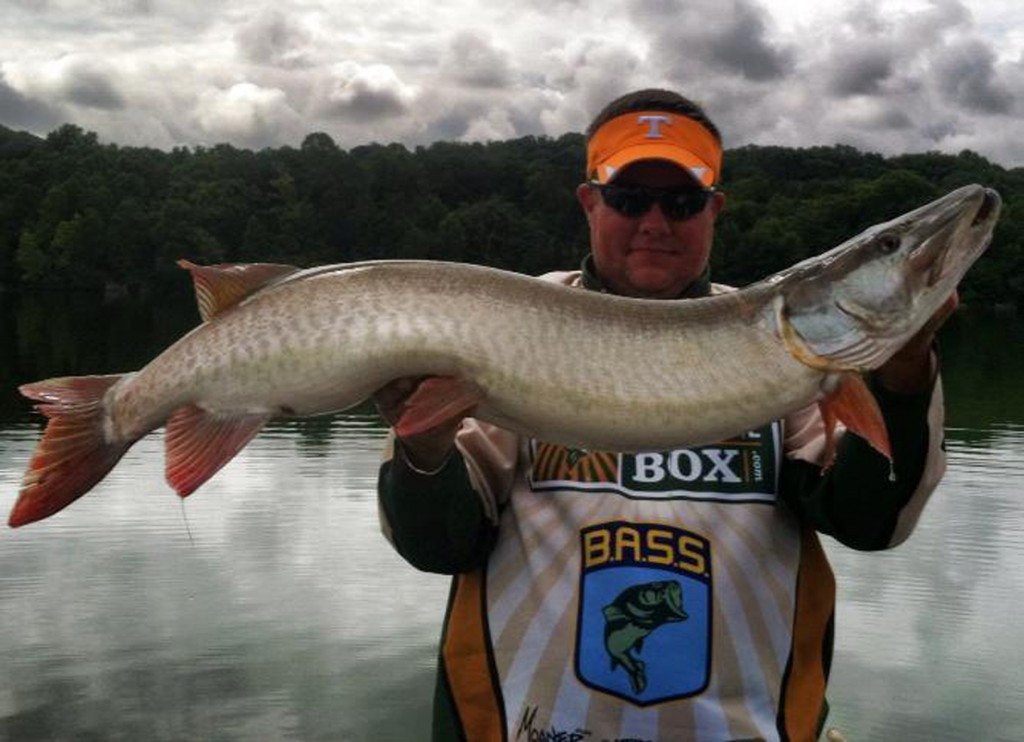
Choosing the tools for covering such water should be defined by the habitat itself. We’re talking about massive expanses of relatively featureless, snagless topography. If there is EVER a time to burn a buck tail, this would be it. Give that baby a runway to strut down. I prefer the Llungen DC-10 and DC-9 as well as their safety-pin counterparts the Nutbuster series for slicing up a flat, using the blades like a Ginsu to quickly find the points of focus for active muskies. When fish are simply following a presentation that is a straight path with little speed or direction variation (a innate flaw in the bucktail presentation) a shallow twitch bait such as Double D or a wide gliding bait such as a Manta Hang 10 can hack the speed control at the sacrifice of water coverage vs. time.
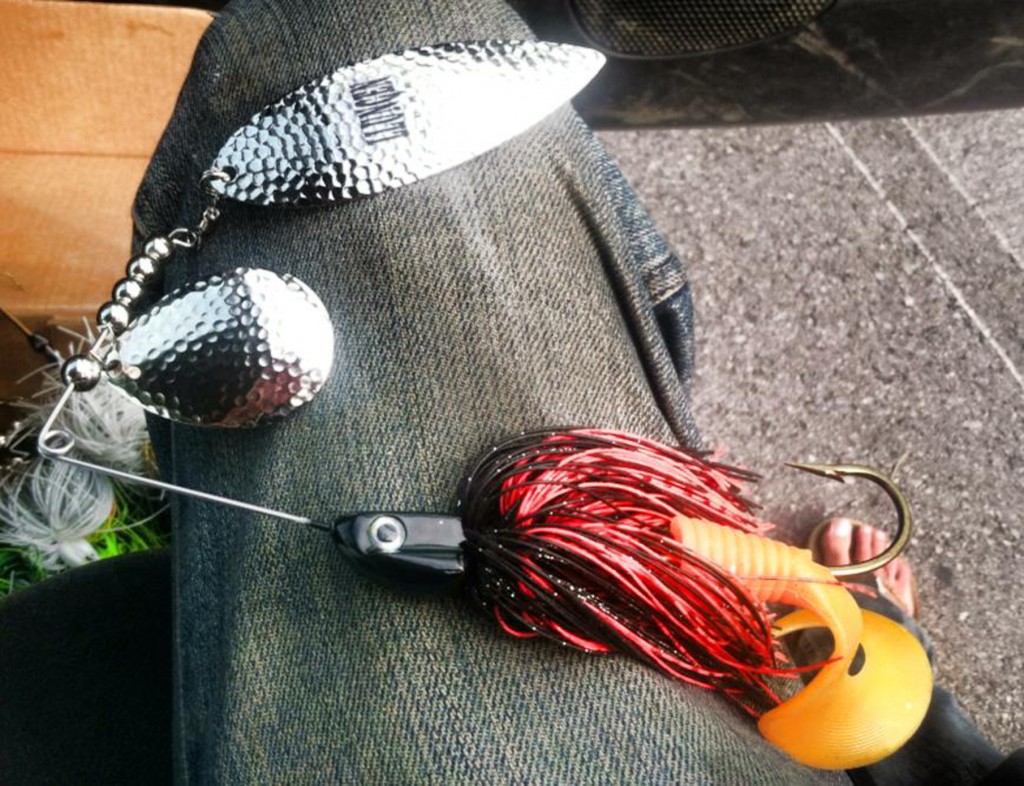
Word of warning: Fishing featureless flats will draw looks of complete perplexity from both other anglers and the co-ed chicks in the Crownline (though you do see a lot more of them out there…yet another incentive), but trust me, there’s not a bigger high than pulling big ass muskies without a visual cue in sight. Look at the water through a fish-eye lens, realize the value of the “nude beaches” and enjoy your time amongst the resident bronze beauties that are just waiting to sink their teeth into you.
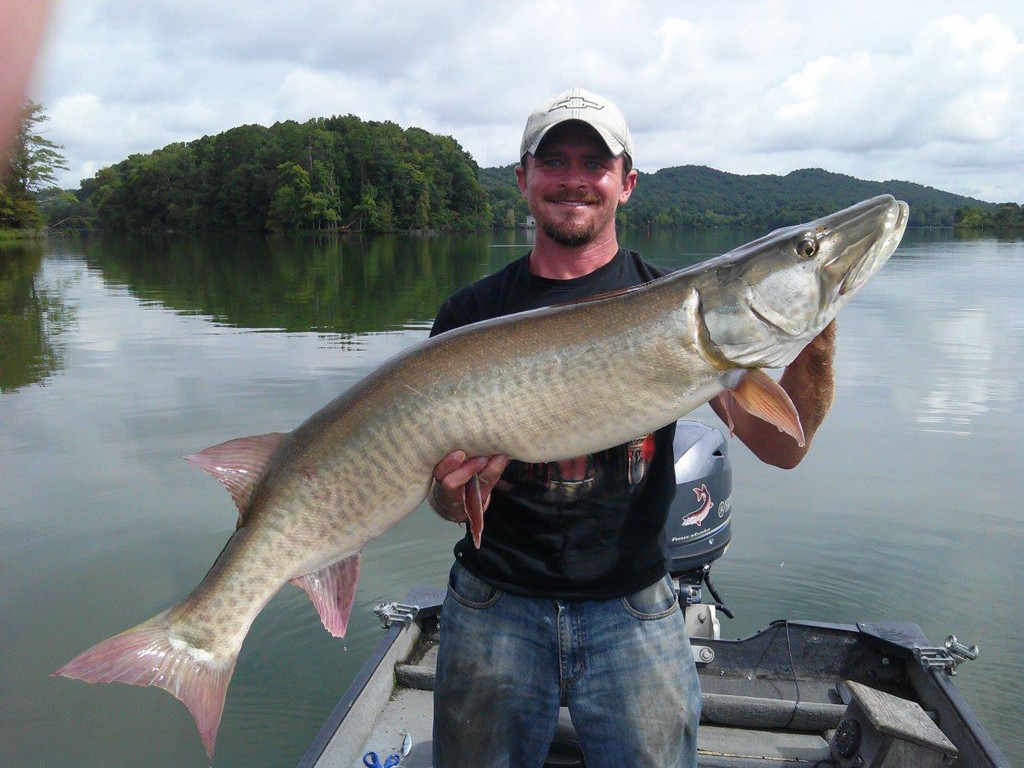
Cory Allen, 28, of Cookeville, Tennessee is the founder and lead guide of Stone’s Throw Adventures. Allen’s team of guides fish the waters throughout Tennessee and Kentucky, guiding on a year-round basis, and offer their clients a wide variety of boat and wading trips for all species of gamefish. http://www.stonesthrowadventures.com/



